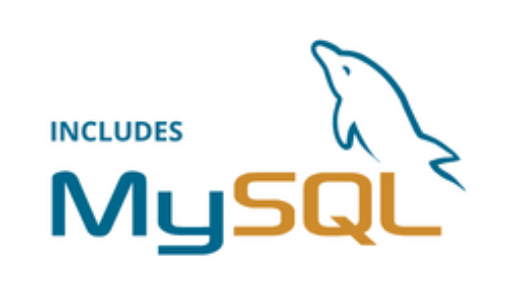Microsoft Intune overview covers services like App, Devices, Endpoint Security, Groups, Surface Management Portal, Tenant Administration, Troubleshooting + Support and Users. This article explores the key services provided by Microsoft Intune, enabling organizations to effectively manage their devices, applications, and user environments.
Device and Application Management:
One of the primary categories of services in Microsoft Intune is device and application management. Device enrollment simplifies the onboarding process by allowing users to register their devices, including smartphones, tablets, and PCs, for centralized management. Device management offers granular control over enrolled devices, enabling administrators to configure settings, implement policies, and perform remote actions as needed. Application management empowers administrators to deploy and manage applications, ensuring seamless distribution, updates, and access control for both company-owned and bring-your-own-device (BYOD) applications. With mobile application management (MAM), administrators can secure and manage mobile applications without requiring device enrollment, making it an ideal solution for managing corporate data on personal devices. Additionally, mobile content management allows secure access, sharing, and collaboration of corporate content on mobile devices.
Endpoint Security:
Another vital aspect of Microsoft Intune is its endpoint security services. Endpoint protection policies enable administrators to establish comprehensive security measures for devices, safeguarding against threats and vulnerabilities. Threat and vulnerability management tools provide proactive monitoring and remediation capabilities to ensure a secure environment. Microsoft Defender Antivirus offers robust protection against malware and other security risks, bolstering overall endpoint security. Furthermore, Microsoft Defender SmartScreen protects against malicious websites and downloads, minimizing the risk of compromising user devices. With attack surface reduction rules, administrators can implement policies to limit potential attack vectors, further enhancing the overall security posture of managed endpoints.
User Services:
User services within Microsoft Intune focus on user and group management, ensuring a user-centric approach. Administrators can efficiently manage users and groups, simplifying the assignment of policies and configurations. User-based targeting allows organizations to tailor policies and configurations to specific users, ensuring a personalized experience and effective management of individual requirements.
Group Services:
Microsoft Intune also provides group services to facilitate efficient management and configuration. Administrators can create and manage groups to organize devices and users, simplifying the application of policies and configurations. Group-based targeting allows administrators to tailor policies and configurations specifically to selected groups, ensuring a more personalized and effective management approach. Group policy configuration further extends control and customization options for organizations.
Surface Management Portal:
For organizations utilizing Microsoft Surface devices, the Surface Management Portal within Microsoft Intune offers specific services to streamline management. It facilitates easy enrollment and management of Surface devices, allowing administrators to configure policies and settings tailored to these devices. This dedicated portal ensures seamless integration and optimal performance of Surface devices within the Microsoft Intune environment.
Tenant Administration:
Tenant administration services in Microsoft Intune encompass essential functions for overall management and control. Administrators can configure tenant-wide settings and policies to ensure consistent management practices throughout the organization. Licensing and subscription management capabilities streamline the allocation and management of licenses, simplifying administrative tasks. Role-based access control (RBAC) configuration provides granular control over user permissions, enabling organizations to assign appropriate access levels to different administrators and users, ensuring secure and efficient administration.
Troubleshooting and Support:
Microsoft Intune offers robust troubleshooting and support services to assist administrators in managing their environments effectively. Logs and diagnostics provide insights into device and application behavior, aiding in issue identification and resolution. Troubleshooting guides and documentation serve as valuable resources, offering step-by-step instructions and best practices. Support and assistance resources, such as forums and technical support channels, ensure that organizations have access to prompt assistance and solutions for their Microsoft Intune deployments, enhancing user experience and minimizing disruptions.
Conclusion:
Microsoft Intune encompasses a comprehensive range of services that empower organizations to efficiently manage their devices, applications, and user environments. With device and application management, endpoint security, group services, Surface Management Portal, tenant administration, troubleshooting and support, and user services, Microsoft Intune offers a robust and feature-rich platform for organizations seeking effective device and application management solutions.



